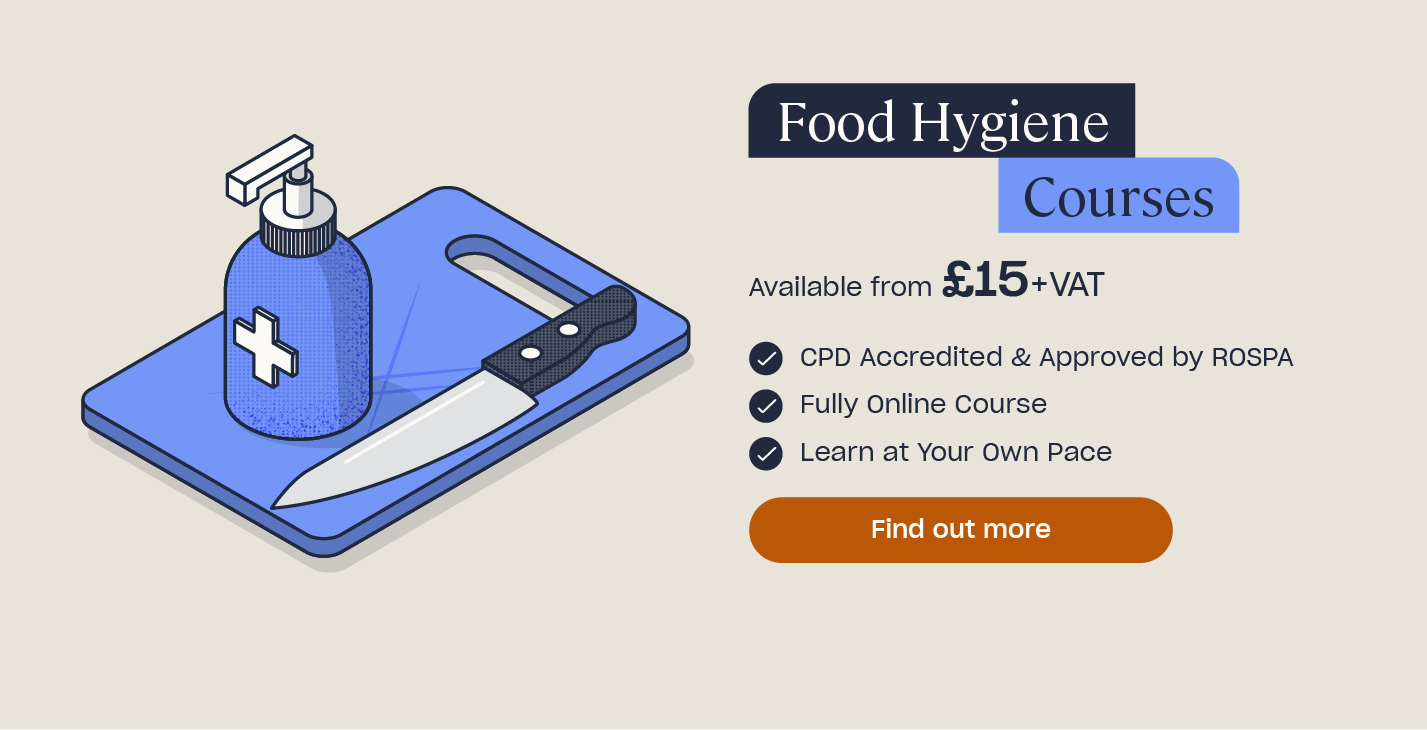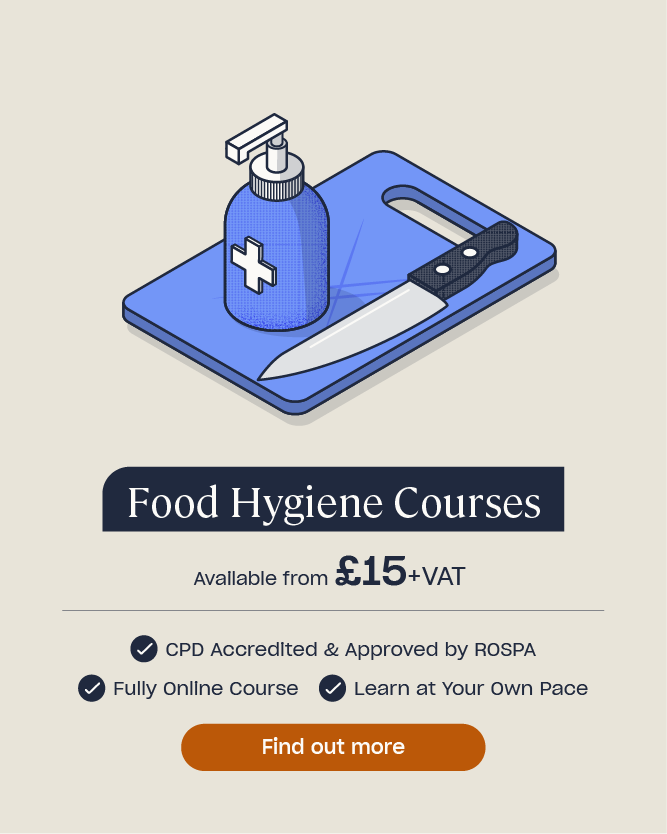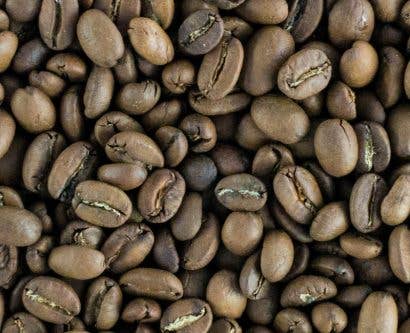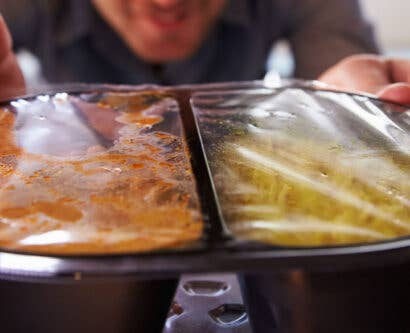What Foods Can I Catch Listeria From?
Food poisoning occurs when you consume food contaminated with food poisoning bacteria or other food toxins. The most commonly heard of food poisoning bacteria are Salmonella or Escherichia coli (E.Coli). However, there are also other types of food poisoning bacteria that can contaminate food, including listeria monocytogenes (listeria).
If you’ve ever suffered from food poisoning, you’ll know that the effects are far from pleasant. However, for some individuals, consuming food contaminated with harmful bacteria can have serious consequences.
This article will focus on listeria, a lesser known food poisoning bacterium.
What is Listeria?
Listeria monocytogenes (listeria) is a bacterium that can cause listeriosis, a bacterial disease. Listeriosis is a foodborne illness, which means that infection usually occurs when an individual consumes food or drink contaminated with listeria bacteria. However, listeria can also pass from person to person, or animal to person.
A recent outbreak of listeria resulted in the death of six individuals after they consumed chicken sandwiches or salads made by the Good Food Chain, the food supplier for several UK hospitals.
This outbreak has received widespread coverage, and may have left you questioning the risks associated with listeria and how you can prevent listeria contamination when cooking at home.
Where Does Listeria Come From?
Listeria bacteria is commonly found in soil, plants and water. This means the bacteria can easily contaminate fruit and vegetable crops. Animals, including sheep, goats and cattle, that consume contaminated food or water are also at risk of contracting listeriosis or carrying listeria bacteria.
For those infected, listeriosis usually causes very mild characteristic food-poisoning symptoms, or no symptoms at all. However, listeriosis can present serious symptoms for vulnerable individuals, which can result in hospitalisation and fatalities in very severe cases.
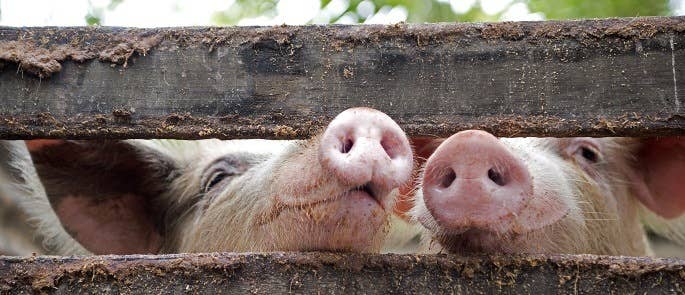
What Foods Can Carry Listeria?
Listeria can contaminate a wide variety of food types. Foods that have an increased risk of carrying listeria bacteria include:
- Unpasteurised milk and any dairy products made from unpasteurised milk.
- Mould-ripened soft cheese, including camembert and brie.
- Soft blue-veined cheese, such as Danish blue.
- Prepacked sandwiches and salads.
- Pâté.
- Precooked or cured sliced meats.
- Precooked fish and shellfish.
- Raw fruits and vegetables.
- Some pre-cut, pre-packaged fruit, such as melon.
Need a Course?
Our Food Hygiene Training Courses are designed to ensure a comprehensive knowledge of all food safety and hygiene procedures.
Who is Most at Risk from Listeriosis?
Most people who come into contact with listeria will experience no symptoms or very mild symptoms. If symptoms are present, they often occur within 2 – 30 days after infection with listeria bacteria and usually only last a few days. These symptoms may include:
- Elevated temperatures (38 °C or above).
- Muscle aches and pains.
- Chills.
- Tiredness.
- Nausea or vomiting.
- Diarrhoea.
However, listeria can seriously impact anyone with a weakened immune system, such as:
- Pregnant women, their unborn babies and newborns.
- Adults aged 65 and over.
- Those with medical conditions that lead to a weakened immune system, such as cancer, HIV or AIDS, and kidney disease.
Individuals with weakened immune systems have a higher risk of contracting listeria and can experience more severe symptoms. In addition to the symptoms outlined above, susceptible individuals exposed to listeria are at an elevated risk of a listeria infection causing meningitis or septicaemia.
You should consult a medical professional immediately if you believe you have come into contact with listeria bacteria and experience one or more of the following symptoms, as they may be the sign of meningitis caused by listeriosis:
- Severe headaches and a stiff neck.
- Sensitivity to light.
- Seizures.
- Sudden disorientation or confusion.
- Appearance of a rash that doesn’t fade when a glass is rolled over it.
How to Prevent Listeria
The main way to prevent listeriosis is to adopt good food hygiene techniques. To prevent listeria in food, you should:
- Practice good personal hygiene by regularly washing your hands using clean water and soap. You should always thoroughly wash your hands before cooking or eating.
- Thoroughly wash all raw fruit and vegetables in clean, cold water before eating or cooking them.
- Keep your fridge at a temperature of 5 °C or below. You should aim to consume any chilled, ready-to-eat food as soon as possible once removed from the fridge, and at least within four hours.
- Ensure cooked or reheated food is piping hot throughout before eating.
- Follow the manufacturer’s guidelines for storing, cooking or preparing food. Once food has been opened, you should refrigerate it and use it within 2 days unless otherwise stated.

If you have a weakened immune system, try to avoid caring for anyone suffering from the symptoms of listeriosis. Listeria bacteria can spread through contact with infected individuals or animals. Additionally, you should eat and handle high-risk foods with caution and always follow the above guidance.
You may be advised by a medical professional to avoid high-risk foods completely. For example, when pregnant, you should avoid eating certain foods, including:
- Unpasteurised milk and any dairy products made from unpasteurised milk.
- Mould-ripened soft cheese, including camembert and brie.
- Pâté, including vegetable pâté.
- Undercooked foods, including some raw foods such as raw fish sushi and some raw vegetables.
In general, coming into contact with listeria bacteria is rare and you should be able to safely consume food and drink without worry. However, if you are concerned about listeriosis, and how it may impact you if you were to contract it, you should consult a medical professional for further advice.
Further Resources:


